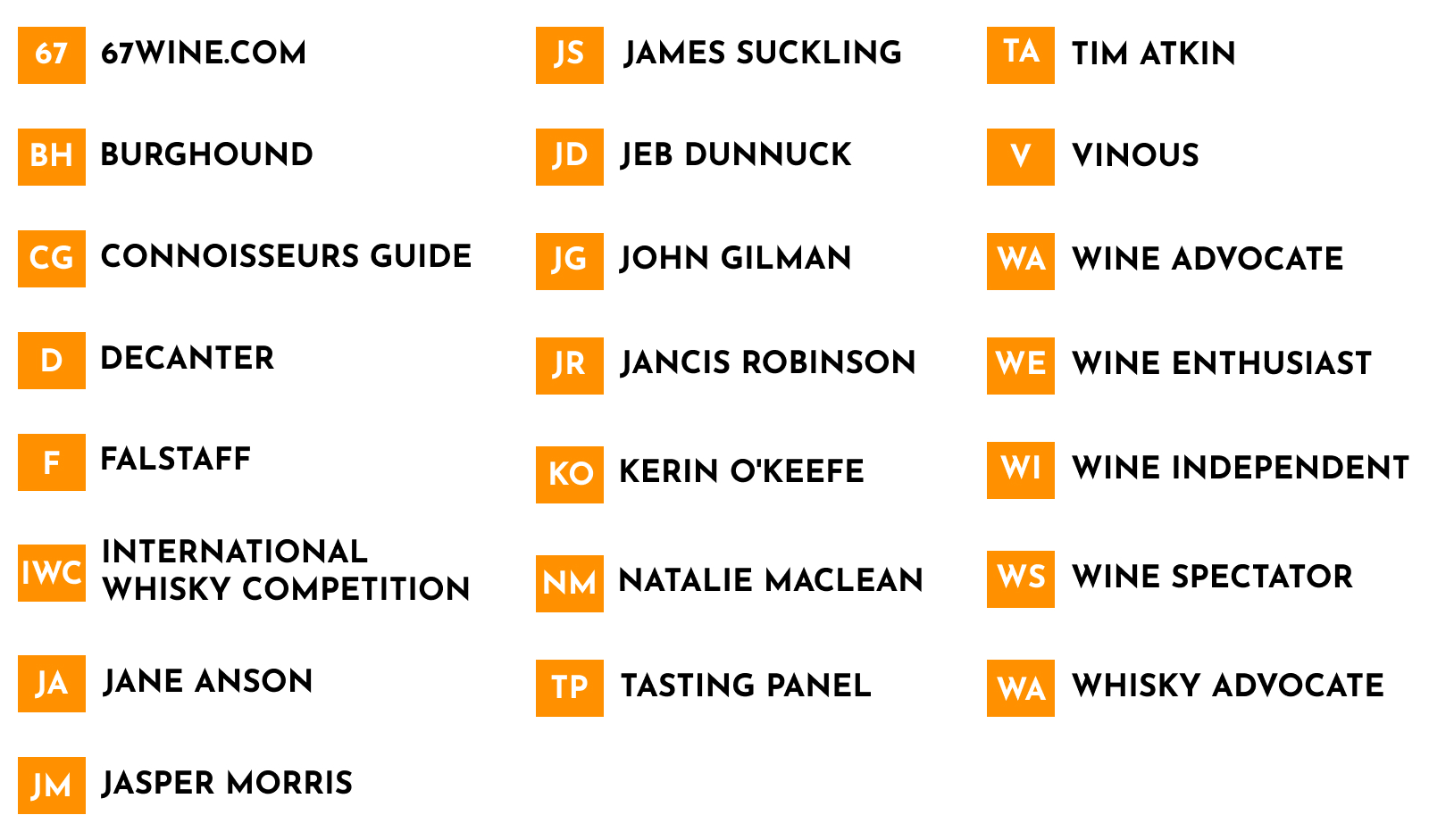One of the four major rivers of Europe, the Rhône has its glacial origins in the Swiss Alps; it flows westward into France, then south until it finally, sluggishly flows into the Mediterranean at Bouches-du-Rhône. And from the Swiss vineyards of the Valais, thirty miles from its point of origin, all the way down to the delta west of Marseilles, there is virtually no spot along its lengthy course where the banks of this mighty river are not clad in vines.
The Rhône valley has been called "a region divided" - and in fact it does divide neatly into two parts, the Northern Rhône and the Southern Rhône. The two differ in climate, terrain, and dominant grape variety, and they contrast socially, culturally, and gastronomically as well.
The northern part of the valley, from Vienne down to Valence, is fairly green; here the vines share the fields with peach trees and nut trees (Montélimar, just below Valence, is the nougat capital of the world). Viticulturally the region is dominated by the ink-black wines of Syrah, and the best vineyard properties perch on terraced cliffs of crumbling granite wherever the best exposure to the sun is found.
The Southern Rhône begins just below Montélimar, where the landscape changes to a Mediterranean aspect, with the herbal scrub and olive groves of Provence. The most important grape here is Grenache, but it does not hold singular sway the way Syrah does in the north; Grenache is found in most of the wines, it is true, but this is a blender's paradise, with a choice of up to 23 grape varieties and wines produced in a wide range of styles.
Jancis Robinson remarks that both history and natural history make the southern Rhône one of the richest regions in France, giving it a place in every traveler's affections. By way of a rhetorical question, she explains why: "Who cannot picture the vast engineering of the Romans, lizards alert on slumbering stones, plots of early vegetables screened from the mistral, the pines and almonds yielding to olive groves in the far south - and always, on hillside or plain, sand or clay, the cross-stitch of vines?"
Say Rhône and most wine drinkers "see red." But the fact is that the area can also boast three highly distinctive and increasingly fashionable white wine grapes - Marsanne, Roussanne, and Viognier - which are sometimes found as monovarietal bottlings but are most often blended together to make the whites of the Côteaux du Tricastin and the Côtes du Rhône. And, as we shall see, these white varietals, like the red varietals of the region, have now traveled successfully to all parts of the world.
On the Trail of the Rhône Rangers
In the 1980s, a number of California winemakers began experimenting with making Rhône-styled wines, using the classic Rhône grapes and bottling them both as single varietals and as blends. These mavericks soon became known as the "Rhône Rangers," a name probably coined by their spiritual leader (and the greatest maverick of them all), Randall Grahm of Bonny Doon Winery. By 1988 the group of producers numbered 18, meeting informally to share information and encouraging others to follow their lead. The Rangers organized formally in 1997 and now number 122, including several producers in Washington state (a complete list of the membership can be found on their website, www.rhonerangers.org
Rhône varieties have been grown in California for well over a hundred years: Grenache, Mataro (a.k.a., Mourvèdre), Cinsault, and Carignane were all well established by the end of the 1870s and remained popular over the years primarily because of their good yields, particularly in the Central Valley. Records show that California producers also experimented with the white varietals in the 1880s, but yields were so low that they soon gave up and ripped the vines out. Most California Syrah plantings, however, date only from the 1990s, because it was only then that growers discovered that what they had widely planted and called Petite Syrah was not Syrah at all but rather an obscure French variety called Durif (since established by DNA fingerprinting, however, to be a naturally-evolved cross between Syrah and an even more obscure variety called Peloursin). Even so, it was only with the arrival on the scene of our friends the Rhône Rangers that the American wine world began to give these grapes the attention they deserve.
"Rhône Ranger" may be an American name and an American organization, but the concept is hardly unique to us: Rhône Rangerism exists wherever the classic Rhône varieties can be grown successfully. But since these are, by definition, warm-climate grapes, the other obvious places the trail leads us to are Australia, where GSM (Grenache/Syrah/Mourvèdre) blends are prevalent: Spain, where both Grenache (Garnacha) and Mourvèdre (there called Monastrell) are widely planted); South Africa; Chile; Argentina; and of course the rest of the south of France.
Our Rhône Rangers say that the red Rhône grapes were born to blend, and that the exception here is almost not to blend them (although there is certainly no arguing with the success of those producers who have chosen to make single-varietal wines). Hundreds of years of experimentation have produced three common variations on the blending theme, which they identify as:
- the Châteauneuf model: start with about half Grenache, add in a good proportion of Syrah and/or Mourvèdre for oomph and aging, and round out the complexity with an array of other red and even white grapes
- the hot weather model: various proportions of Grenache, Cinsault, and Carignan, designed to produce early-drinking wines
- the down-under model: Shiraz and Cabernet in various proportions (a blend now being tried in Italy as well) But the possibilities are almost infinite, as you will see as we now set out on the trail of the Rhône Rangers! Browse our Rhone Wines



